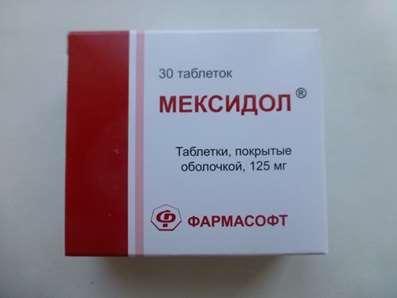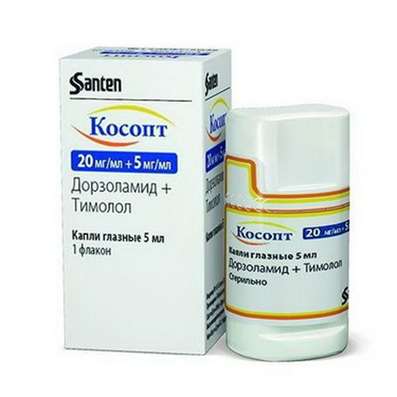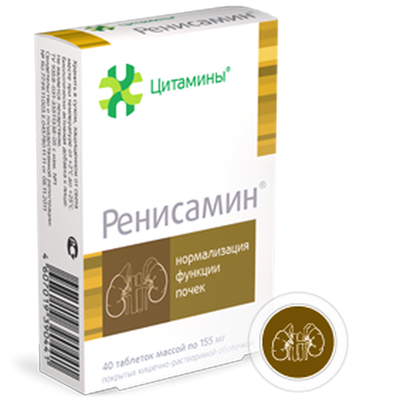Instruction for use: Anaesthesin tablets 0,3 g
I want this, give me price
Dosage form: tablets
Active substance: Benzocaine
ATX
D04AB04 Benzocaine
Pharmacological group:
Local irritants
The nosological classification (ICD-10)
K20 Esophagitis: Infections of the digestive tract; Acute erosion of the esophagus; Esophagitis erosive; Erosive esophagitis; Infectious Disease of the GI tract
K25 Stomach ulcer: Helicobacter pylori; Pain syndrome with peptic ulcer disease; Pain syndrome with peptic ulcer of stomach and duodenum; Inflammation of the gastric mucosa; Inflammation of the mucous membrane of the gastrointestinal tract; Benign ulcer of the stomach; Disease of the stomach and duodenum, associated with Helicobacter pylori; Exacerbation of gastroduodenitis against ulcer disease; Exacerbation of peptic ulcer; Exacerbation of gastric ulcer; Organic Gastrointestinal Disease; Peptic ulcer of the stomach and duodenum; Postoperative Stomach Ulcer; Recovering ulcers; Symptomatic Stomach Ulcers Symptomatic ulcers of the stomach and duodenum; Chronic inflammatory disease of the upper GI tract associated with Helicobacter pylori; Eradication of Helicobacter pylori; Erotic-ulcerative lesions of the stomach; Erosive lesions of the stomach; Erosion of the gastric mucosa; Peptic Ulcer; Stomach ulcer; Ulcerative lesions of the stomach; Helicobacteriosis
K26 Ulcer of duodenum: Pain syndrome with duodenal ulcer; Pain syndrome with peptic ulcer of stomach and duodenum; Disease of the stomach and duodenum, associated with Helicobacter pylori; Exacerbation of peptic ulcer; Exacerbation of peptic ulcer of the duodenum; Peptic ulcer of the stomach and duodenum; Recurrence of duodenal ulcer; Symptomatic ulcers of the stomach and duodenum; Eradication of Helicobacter pylori; Erotic-ulcerative lesions of the duodenum; Erosion-ulcerative duodenal lesions associated with Helicobacter pylori; Erosive lesions of the duodenum; Peptic ulcer disease of the duodenum; Ulcerative duodenal lesions
K29 Gastritis and duodenitis: Exacerbation of gastroduodenitis against a peptic ulcer disease; Duodenitis
R10.1 Pain localized in the upper abdomen: Pain in the stomach; Pain in the stomach; Pain in the upper abdomen; Pain in the epigastric region; Epigastric pain; Pain syndrome in acute pancreatitis; Pain in the stomach; Pain in epigastrium; Pain with acute gastritis with high acidity; Pain with chronic gastritis with high acidity; Gastralgia; Discomfort and epigastric pain; Gastric discomfort; Feeling of discomfort in the epigastric region; Severity in the epigastric region; Epigastric pain; Pain in the epigastric region; Pain syndrome in pancreatitis; Discomfort and pain in the epigastric region
Composition and release form
1 package ointment contains bee venom 0.018 g, polyethylene oxide 1500 13.5 g and polyethylene oxide 400 to 30 g; in aluminum tubes of 30 g.
Pharmachologic effect
Mode of action - anti-inflammatory, analgesic.
Composition and release form
1 tablet contains benzocaine 0.3 g; in contour acheikova packing 10 pcs.
Pharmachologic effect
Mode of action - local anesthetic.
It binds to the structures of the potential-dependent sodium channels, reduces the permeability of membranes for sodium, blocks the occurrence of the action potential and the pain impulse induced by stimulation of the pain receptor.
Indications for the drug Aneshtesin tablets 0.3 g
Gastralgia, colic, hypersensitivity of the esophagus, tenderness of ulcerated surfaces.
Contraindications
Hypersensitivity.
Dosing and Administration
Inside, with pain in the stomach and hypersensitivity of the esophagus - 0.3 g 3-4 times a day. Higher doses: single - 0.5 g, daily - 1.5 g.
Conditions for storing the drug Anaesthesin tablets 0,3 g
In the dark place.
Keep out of the reach of children.
Shelf life of the drug Anaesthesin tablets 0,3 g
5 years.
Do not use after the expiry date printed on the package.

 Cart
Cart





